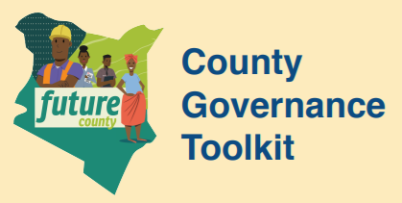The Compliance Audit is one of two parts of the Regularity Audit process. It assesses whether activities, financial transactions and information are, in all material respects, in compliance with the mandates and authorities which govern the County Government. In other words, it focuses on ensuring that the County Government received and spent public funds in compliance with appropriations and all relevant laws. In its report, the Auditor-General draws conclusions on whether public funds have been used lawfully. The Auditor-general is expected to publish an audit report, and submit it to Parliament within six months of the end of the financial year. Typically, the Financial and Compliance Audits are submitted as a single report.
Linkages
Upstream: Budget Estimates and Appropriation, Revised Budget Estimates and Appropriation, Annual Financial Statement
Downstream: Legislative Oversight
Description
The compliance audit purpose is achieved by assessing whether activities, financial transactions and information comply with the mandates and authorities which govern the County Government. These mandates and authorities include policies, laws, rules, regulations, budgetary resolutions and any codes, terms or general principles governing sound public-sector financial management and the conduct of public officials. Audits generally involve a four-phase process. In the case of the compliance audit, the planning (phase 1) involves communication, scheduling and entry meeting with the auditee (County Government) and initial technical preparations to set out the audit criteria, scope and strategy. Execution (phase 2) involves the conduct of audit procedures and obtaining and evaluating audit evidence to support any findings and observations. A consultative process allows the auditee to respond before any outstanding issues are documented for further response. Reporting (phase 3) involves crafting of a report (findings, observations and/or opinion) for the auditee’s response, prior to submission to the County Assembly (and Senate). The report is then published for the benefit of stakeholders and the general public. Feedback (phase 4) involves review and deliberation of the report by the County Assembly (and Senate), with responses and clarifications provided by the County Executive. This is also the Legislative Oversight phase, during which conclusions will be documented for subsequent follow-up the Auditor-General.
For a more detailed description, follow this link: Compliance Audit - step by step
